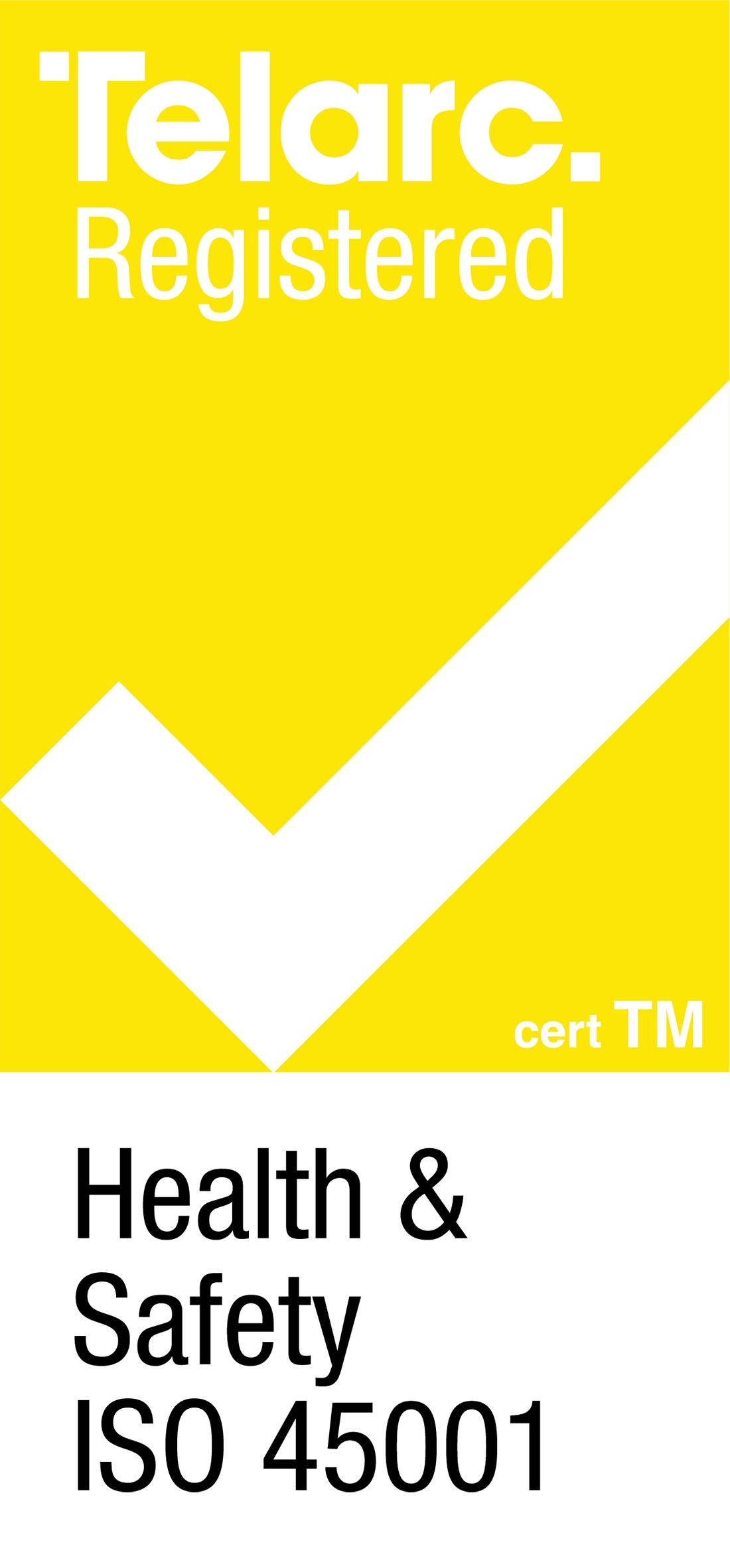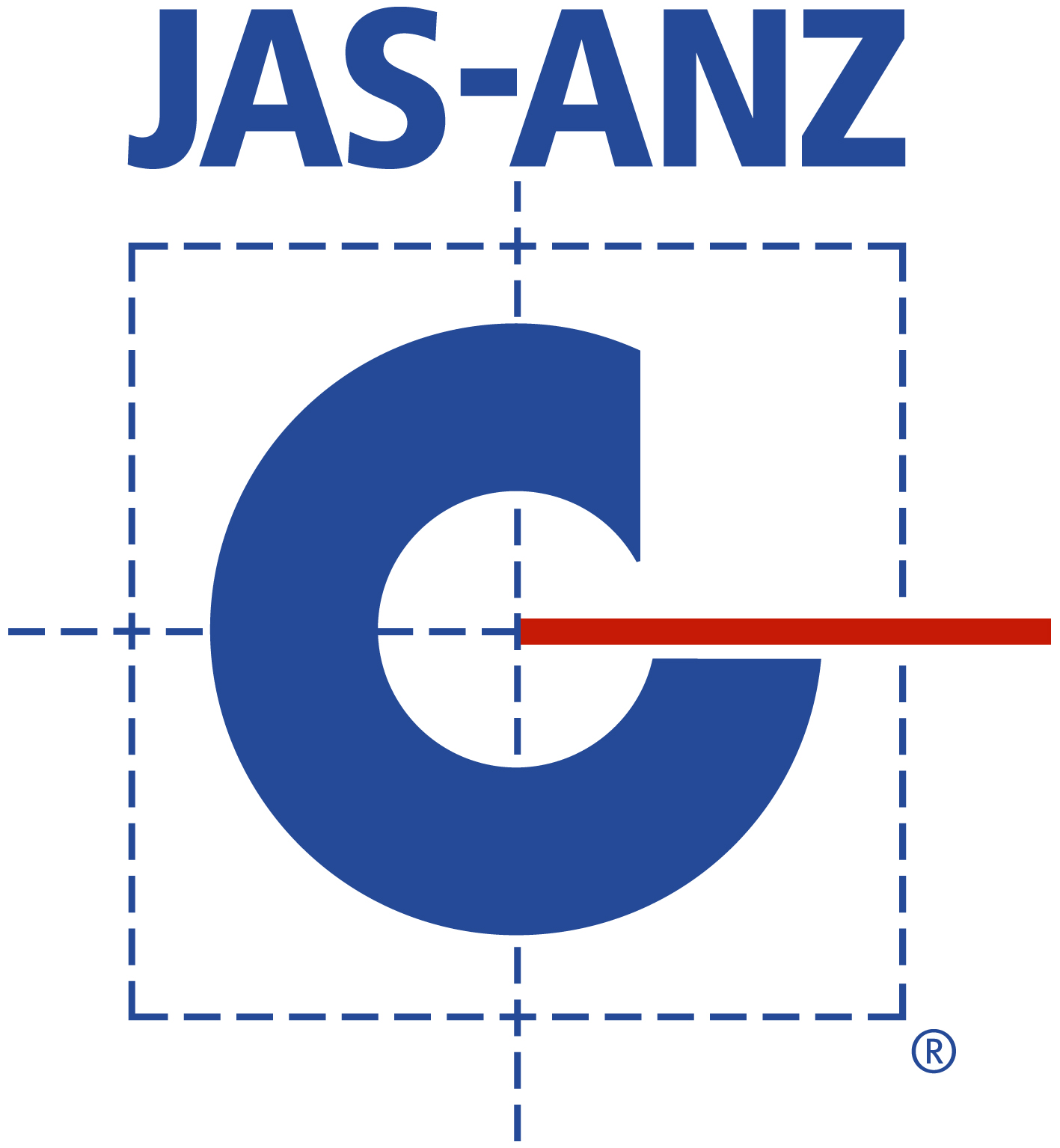Licensed Asbestos Removal in Auckland and Management
When it comes time to remove asbestos-containing material (ACM) from your property, you need to be aware of the Asbestos Regulations, which came into effect in April 2018. This recent change in regulation means that all asbestos must be removed by licensed professionals. If you’re looking for asbestos removal in Auckland, it’s essential to work with certified experts who comply with legal standards. In addition, all asbestos removal companies must be registered with Worksafe for all friable (Class A) removal, including ceilings, linos, fire-damaged asbestos, and non-friable (Class B) asbestos removal over 10m².
CSS Ltd is fully compliant with all relevant regulations and fully licensed for all asbestos removal work, big and small. All our staff are qualified to the New Zealand unit standard and have the knowledge, training, and equipment to safely remove and dispose of ACMs and minimise the risk of exposure to asbestos fibres.
What is Asbestos Exactly?
Asbestos is a naturally occurring mineral that was once widely used in construction materials due to its fire-resistant and insulating properties. However, it was later discovered that when inhaled, asbestos fibres can be harmful to human health—so harmful that they can lead to serious diseases such as lung cancer, mesothelioma, and asbestosis.
This discovery led many countries, including New Zealand, to ban the use of asbestos in construction. However, many older buildings still contain asbestos-containing materials (ACMs), which can pose a risk to occupants and workers during renovation or demolition. As a result, asbestos removal in New Zealand has become an essential service to ensure health and safety in both residential and commercial environments.
Identifying Asbestos in Your Property

Questions to ask:
- When was your building constructed? In New Zealand, building materials were likely to contain asbestos from 1940 until the mid-1980s. If your property was built during this time, there’s a high chance it contains asbestos.
- Was there any refurbishment or additions made to the property prior to 2000?
In addition, structures built or altered after 2000 are less likely to house asbestos-containing materials (ACMs), however, this cannot be guaranteed. To protect yourself, you should:
- Ask to see the building plans
- In a factory or manufacturing facility:
- Look at the history of the building
- Speak to suppliers
- Speak to suppliers of the plant to check for ACM components
- Get some expert advice
As a licensed asbestos removal company, we at CSS can provide a visual inspection of your building and take samples from your site for IANZ laboratory analysis.
Types of Asbestos
Asbestos-containing materials may be categorised into two groups: Non-Friable Asbestos and Friable Asbestos.
All asbestos removal must be made by a licenced removalist
For more information, visit these helpful resources:
Things to Consider When Asbestos Forms Part of the Building
Below are some things you should consider if asbestos is found to form part of your property:
- The condition of the asbestos
- The amount of asbestos present
- The type of asbestos
Structures that contain building lining with asbestos should not pose health risks unless the material is broken and/or degraded.
Types of Asbestos Removal
Domestic Asbestos Removal
Residential properties that contain asbestos may be left where the ACM remains well-maintained and intact. However, you will need to schedule regular inspections by an asbestos removal professional who will register and follow a tailored Asbestos Management Plan. At CSS, we’re one of the leading providers of asbestos removal in Auckland and can conduct thorough inspections and safe removal on all residential properties.
Commercial Asbestos Removal
When it comes to commercial properties, all asbestos that remains intact and is not at risk of damage may remain within the property. However, staff should be made aware of its location so that they can take extra care and remain vigilant. You must keep a register that outlines the type of asbestos present and where it is in the building. Additionally, the register must include an Asbestos Management Plan. In some cases, especially during renovations or incidents, a professional decontamination service may be required to ensure safety and compliance.
CSS is experienced, licenced, and ready to carry out your removal work. From a broken soffit through to larger projects and emergencies – fire or vehicular damage; cladding, roofs or ceilings in schools, factories, or warehouses and soil clean-ups — We’re there when you need us.
Remember, if you have any concerns or queries about getting started, just give us a call 09 8281731 or submit an enquiry via our contact page.



Asbestos Removal FAQs
What is absestos, and why is it dangerous?
Asbestos is a naturally occurring mineral that was commonly used in construction for its fire-resistant and insulating properties. However, when asbestos-containing materials (ACM) are disturbed or damaged, they can release microscopic fibers into the air, which, when inhaled, can cause serious health issues such as lung cancer, mesothelioma, and asbestosis.
Why is licensed asbestos removal necessary?
Licensed asbestos removal is necessary because asbestos removal is highly regulated due to its health risks. Only licensed professionals have the expertise, training, and equipment to safely handle and dispose of asbestos-containing materials in compliance with regulations.
What are the different types of abestos?
Asbestos-containing materials are categorised as non-friable and friable. Non-friable asbestos is bonded into products like building linings, while friable asbestos can easily crumble or become powered. Both types require professional removal.
Can I remove asbestos myself?
No, all friable asbestos removal must be done by licensed professionals. DIY removal can be extremely hazardous and is illegal due to the health risks associated with asbestos exposure
